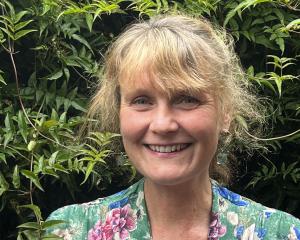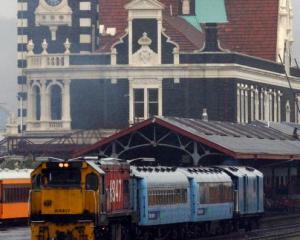
The artefacts - such as partly formed tools - were recovered by the McFarlane family from the Tiwai peninsula in Southland in the late 1960.
They have now been taken out of storage with the family, and the public has been invited to view the cataloguing process at the museum in Dunedin this weekend.
People have also been invited to bring in their own treasures and to discuss them with experts.
The McFarlane family collection adds to 11 tonnes of material that is being assessed at the University of Otago from a 1968 excavation.
Previous research on the site indicated about 600 years ago the Tiwai Point settlement was focused on production of toki, or adze, a stone tool used for cutting or carving.
Museum kaupapa Māori curator Gerard O’Regan said taoka, or treasures, had been looked after by the McFarlane family for decades, but they wondered about finding them an appropriate long-term home.
Other people might be in a similar situation, or wondering about the historical or cultural significance of treasures they had gathered, he suggested.
"We know there is more archaeological material that members of the public have relating to Tiwai and indeed the wider Southland and Otago regions," Dr O'Regan said.
"By assessing what people have unearthed and collected at different times, we all learn more about the history around us.
"It’s also about ensuring there’s an accurate record of all the artefacts discovered in the region and its significance to our past."
Activity at the museum this weekend ties in with New Zealand Archaeology Week.











